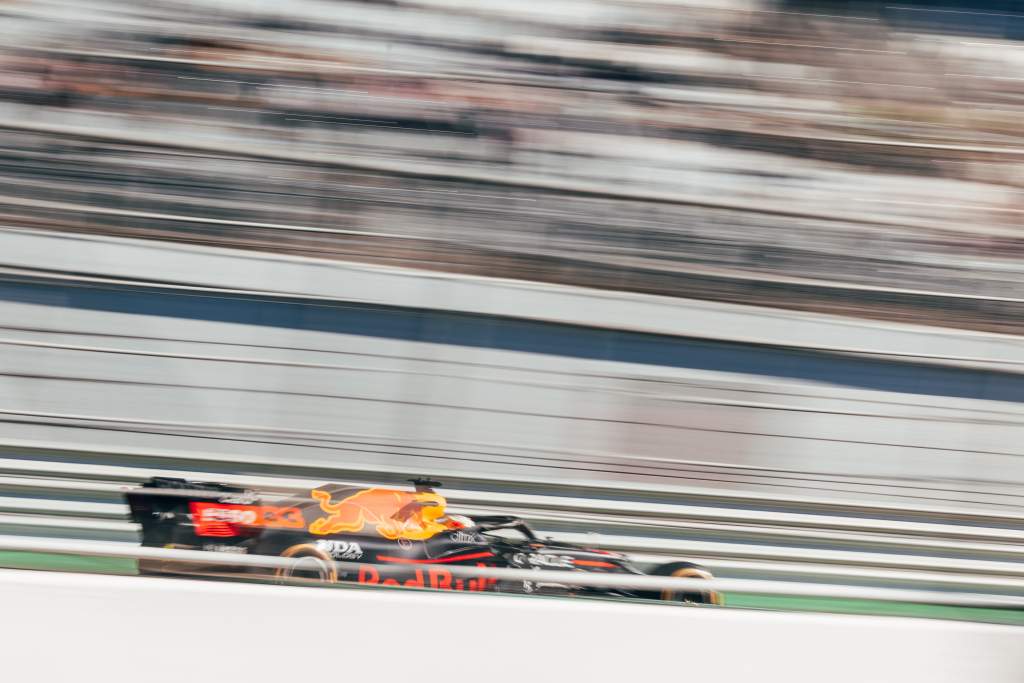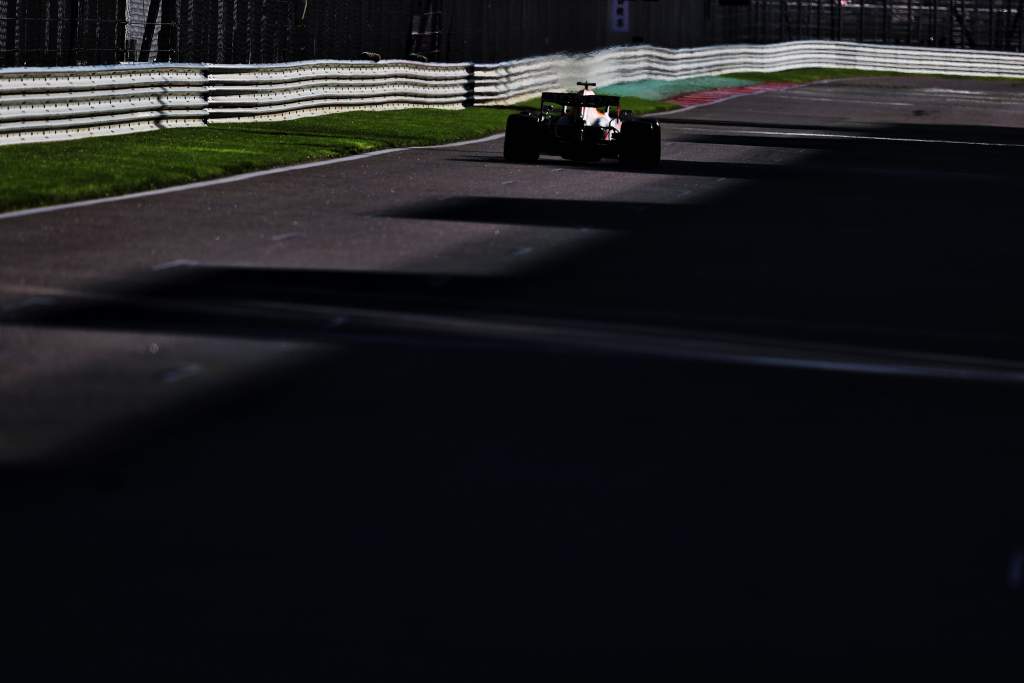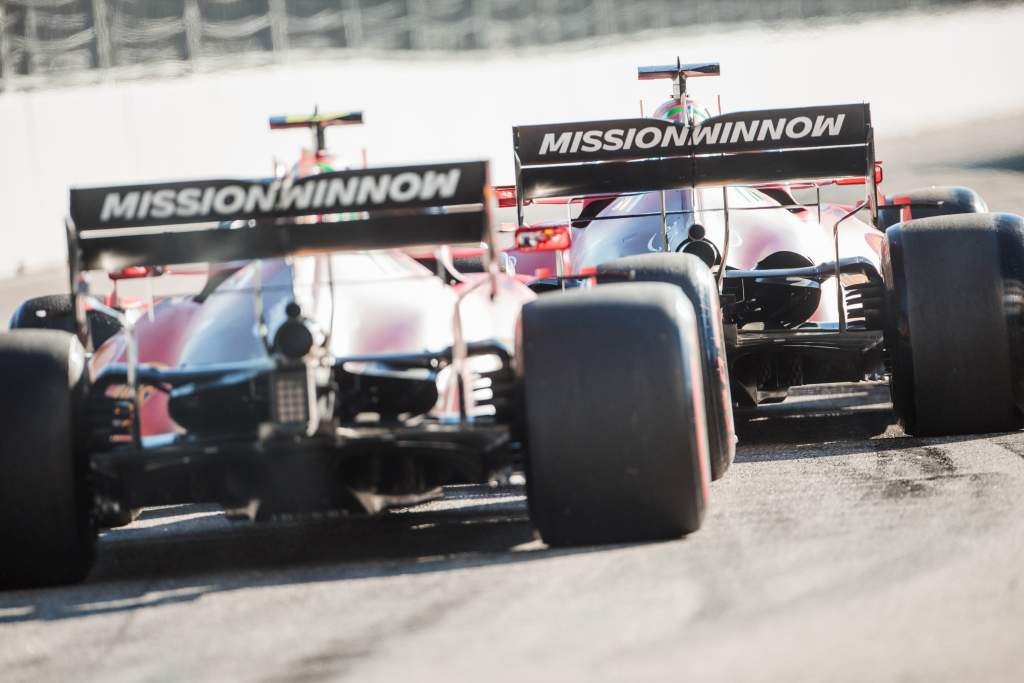Up Next

Ferrari and Honda have each introduced upgraded energy stores within their Formula 1 power units in the second half of the 2021 season.
The energy store is F1-speak for its lithium ion battery and, along with the control electronics housed within the energy store, it’s a less-heralded part of the complicated modern hybrid engines.
It supplies energy to both the MGU-K and the MGU-H so these components can provide a power boost and control the turbocharger speed respectively. The battery also harvests energy from both as well.
There are restrictions on how much energy the battery can store and release depending on the hybrid system component it is interacting with.
The battery can deploy 4 megajoules (MJ) per lap to the MGU-K, which provides a maximum power boost of 120kW (161bhp) to the engine.
But it can only harvest 2MJ per lap from the MGU-K. To boost the amount of energy that can be recovered, there is no regulated limit to the amount that can be harvested from the MGU-H.
The battery can also supply an unlimited amount to the MGU-H, which controls the speed of the turbocharger and can also bypass the battery to supply an unlimited amount of energy to the MGU-K.
These interactions make the relevant components extremely heat sensitive. The thermal management of the battery is therefore very important, as is the duty cycle the battery can cope with while ensuring the cells do not deteriorate too rapidly.

The deterioration during the battery’s life cycle – where the maximum energy it can store gradually declines – means it is likely the power unit manufacturers have all created batteries that have a capacity greater than 4MJ.
The capacity of the battery is not limited by the regulations, so it is legal to have a battery that stores more than 4MJ. This is provided the difference between the maximum and minimum state of charge does not exceed 4MJ when the car is on-track.
Having a higher capacity would ensure the battery holds the required 4MJ of energy even as it deteriorates the older it gets.
But the extra capacity will not be too high, as it will come with a weight penalty. The battery has a minimum weight of 20kg for the battery cells and connections but cannot weigh more than 25kg.
Plus, a more efficient energy store – which Honda’s is claimed to be – would suffer less deterioration as it is used. That would reduce the extra capacity required to be built into the battery, keeping the weight down. So somewhere between 4.5-5MJ would seem a sensible compromise.
There are potential chassis performance gains to be found from a lighter energy store too.
As the power unit’s entire minimum weight is 150kg, the battery represents a reasonably heavy component – over 13% of the total.

Honda’s new battery weighs significantly less than the previous one, which means it could be up to 5kg lighter.
Any excess weight will influence the car’s centre of gravity and Honda has placed a particular emphasis on the chassis gains that its lighter energy store has achieved.
One final detail of note is that for both Honda and Ferrari, these projects required a significant lead time. But some of that is down to satisfying the necessary safety requirements.
In addition to passing the relevant FIA crash tests to avoid a dangerous reaction from the battery cell in the event of an impact, as a lithium ion battery the F1 energy store must also satisfy the United Nations standard UN38.3 that regulates the transport of such battery packs.
Without satisfying that requirement, transporting the component to races would not be possible – a factor Ferrari boss Mattia Binotto referred to in the timing of its new hybrid system.
That underlines the inherent complexity of an undervalued element of F1’s power unit, one that while overlooked still has a significant part to play in terms of performance and vehicle dynamics.





